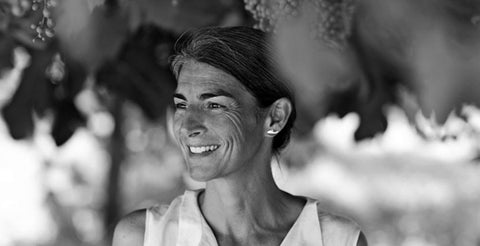
Walking in the Dolomites during an adventurous family summer holiday, I traumatised my then 12-year-old daughter by mentioning to her that there were wild bears roaming in the mountains. Added to the ever-present fear of being eaten alive and approaching 3,000m above sea level, with the weather turning and the clouds enveloping us, she developed a severe attack of altitude sickness! Foolhardily, I decided to take the shortest exit down the mountain and following the ‘via ferrata’ signs, aided by some German-speaking trekkers who over-enthusiastically beckoned me in the direction from which they had just magically materialised. The excitement of a challenging reconnaissance mission soon lost its appeal as, totally unequipped, paralysis set in on a precipitous ledge on this freeclimbing descent! Petrified, I clawed my way back up the wires and was reunited with my wife and children and, on finding a sensible rambler’s path, we scrambled and slid our way down the mountain scree to the safety of our base camp and cups of sweet tea.
Elisabetta Foradori's wine journey in the Dolomites has a few parallels to our family holiday ‘adventure’ but she has taken even more audacious paths than we did.

Sadly, Elisabetta’s father died when she was the same age as my daughter back then. By 19, initially through a sense of duty, she began managing the estate using conventional farming methods. However, as her confidence grew, she took a big risk by eschewing the trend to plant international grapes in the early 1980’s. Sticking with those locally-grown heritage varieties, her sense of duty turned to passion in the 1990’s, just before she was crowned the ‘Queen of Teroldego’. But then Elisabetta began to question her farming techniques and went on to develop the estate with much more respect to the soil by starting to use biodynamic methods - she found them more interesting, less invasive and more holistic. A pioneer of the ideas of Rudolf Steiner in this region, she began to establish fully these practices in 2002 and has resolutely followed them in all her vineyards ever since.
Although retired now, Elisabetta is still "the face" of the winery. Her three children, Emilio, Theo and Myrtha, the fourth generation, are straying a little off-piste and fine-tuning the styles with, for example, partial or full whole-cluster vinifications, avoiding new oak and using more clay amphora for ageing.
For me, our family adventure brings fond, enduring memories, especially so when I have a glass of Fordadori in hand, as I frequently do.
The Teroldego grape has such a strong ancestry: it is thought that it is named after the pomegranate that thrived in the same polyculture landscape as the vines.
I adore the thrilling Lezèr, which means ‘light’ in the local dialect and, as the name suggests, it is a light red Teroldego-based wine, created to celebrate summer following a hailstorm in 2007 that destroyed nearly half the crop. I chill this bright, crunchy, juicy, fun-packed, smashable wine and guzzle it whilst reminiscing and lounging in the sunniest corner of our garden.
The mainstay of Elisabetta’s Teroldego production comes from 9 hectares of vineyards in a sandy, gravelly valley between the mountains. It is a particularly dense and concentrated rendition and remarkably, it spends 15 months in wood to soften the tannins. Expect deep, ripe and crunchy red fruit as well as a velvety texture and sandy mineral character.
Top of the range is the ‘Granato’ a wine of astonishing density, harmony and nobility. Aromatically it reveals its wild berries and candied fruit slowly and they make way for roasted hazelnuts, baked bread, leather, eucalyptus and pomegranate. Then, the full robust palate shows plenty of temptingly chewy flesh.






